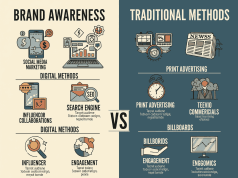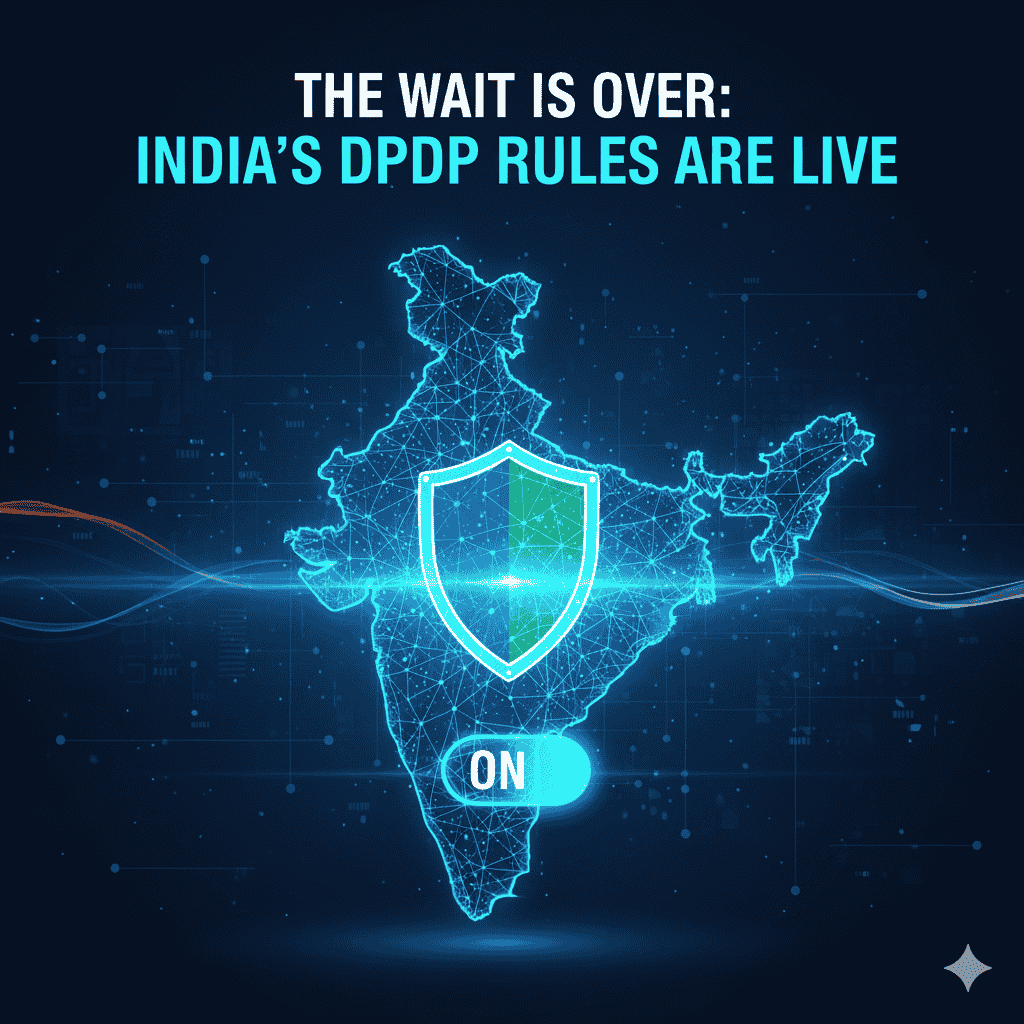Facebook Ads Manager is a powerful tool for businesses aiming to reach their target audience. However, many marketers fall into common traps that can diminish the effectiveness of their advertising campaigns. Here are some of the most prevalent mistakes to avoid when using Facebook Ads Manager, ensuring your ad spend is optimized and your results are maximized.
1. Neglecting Audience Targeting
One of the most significant advantages of Facebook Ads is its robust targeting options. Failing to utilize these options can lead to wasted ad spend. Common pitfalls include:
- Broad Targeting: Targeting too wide an audience can result in low engagement. Instead, take advantage of custom and lookalike audiences to reach users who are more likely to convert.
- Overlooking Demographics: Not defining specific age ranges, locations, or interests can lead to irrelevant impressions. Always refine your audience based on your ideal customer profile.
2. Ignoring Facebook Pixel
The Facebook Pixel is a crucial tool for tracking user behavior on your website. Failing to install the Pixel correctly can impact your ad performance significantly. Common issues include:
- Missing Pixel: Not using the Pixel means you won’t be able to track conversions accurately or retarget users who visited your site.
- Incorrect Setup: Ensure that your Pixel tracks the necessary events, such as page views, add-to-cart actions, and purchases.
3. Poor Ad Copy and Creative
The visual and textual elements of your ad can greatly affect how users interact with your content. Common mistakes in this category include:
- Unclear Messaging: Failing to communicate your value proposition concisely can confuse potential customers. Ensure your headline and description clearly state what users can expect.
- Low-Quality Imagery: Using blurred or irrelevant images can diminish your ad’s credibility. Invest in high-quality visuals that resonate with your target audience.
4. Not A/B Testing
A/B testing, or split testing, is essential for optimizing your campaigns. Many marketers skip this step, leading to missed opportunities for improvement. Key areas to test include:
- Ad Formats: Experiment with different ad formats (carousel, video, slideshow) to see what resonates most with your audience.
- CTA Buttons: Try different calls to action to determine which prompts the highest engagement.
5. Setting It and Forgetting It
Many marketers believe that once an ad is live, they can simply forget about it. This mindset can lead to suboptimal results. Instead, consider:
- Regular Monitoring: Check your campaign performance regularly. Look for metrics like click-through rates (CTR), conversion rates, and cost per conversion.
- Adjusting Parameters: Be prepared to tweak targeting, budget, and ad creatives based on performance data.
6. Ignoring Budget and Bidding Strategies
Understanding how to allocate your budget and set bids is crucial for campaign success. Common mistakes include:
- Inflexible Budgeting: Stick to a fixed budget without allowing for adjustments based on campaign performance. Use the campaign budget optimization feature to distribute funds effectively.
- Improper Bidding: Not using automatic bidding can result in inefficiencies. Test both automatic and manual bidding strategies to identify which works best for your objectives.
7. Lacking a Clear Objective
Each campaign should have a clear goal, whether it’s generating leads, increasing website traffic, or driving sales. Not having a defined objective can lead to scattered efforts. Consider:
- Ad Objectives: Choose the right campaign objective that aligns with your business goals, such as brand awareness, traffic, lead generation, or conversions.
- Performance Metrics: Define how you will measure success upfront, ensuring all team members are aligned on expectations.
Conclusion
Facebook Ads Manager provides robust tools for marketers, but avoiding common mistakes is crucial for maximizing your ad spend and achieving your business objectives. By focusing on audience targeting, leveraging the Facebook Pixel, enhancing your ad creative, conducting A/B tests, remaining engaged with your campaigns, wisely managing your budget and bids, and setting clear objectives, you can create successful advertising campaigns that yield measurable results. Avoiding these common pitfalls not only enhances your advertising strategy but ultimately drives better engagement and conversion rates.









